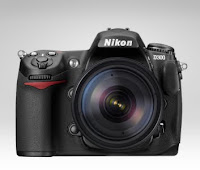
Which camera should you choose? Well some folks have only one so that makes it easy. You use what you have. But sometimes we have a choice.
I was recently involved in a very arduous outdoor experience. Taking my big D300 and tripod along with the backpack bag and assorted lenses would have been ideal. But, we were hunting deer and I didn't want to lug all that equipment around while trying to help my grandson fill his tag. I wasn't shooting a film or documentory, but I wanted nice shots to record the event.
One of my backup cameras is a little Kodak EasyShare V1253 point and shoot. It fits in my shirt pocket, takes good close up movies and snapshots, and shoots at 12megapixels. This camera, equipped with a 1gb memory card and a spare battery would be my choice for this trip.
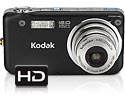 As you can see from the images below, the little Kodak camera has done a great job of capturing our event. The day was very cold and very windy with blowing snow at times. Using the little Kodak in this instance was an advantage over my Nikon D300. A Camera I really like.
As you can see from the images below, the little Kodak camera has done a great job of capturing our event. The day was very cold and very windy with blowing snow at times. Using the little Kodak in this instance was an advantage over my Nikon D300. A Camera I really like.The only problem I had with my Kodak was that for some reason it would loose the date and time. Because I didn't have my eye glasses I could not see the menu's to make corrections. This was frustrating and the date stamped on my images is incorrect. I will either crop this or otherwise edit it out on the computer but it's something that should not have happened.
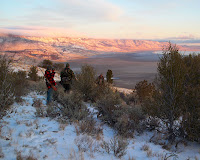
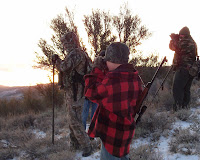
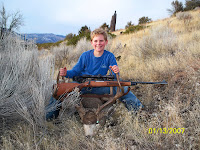
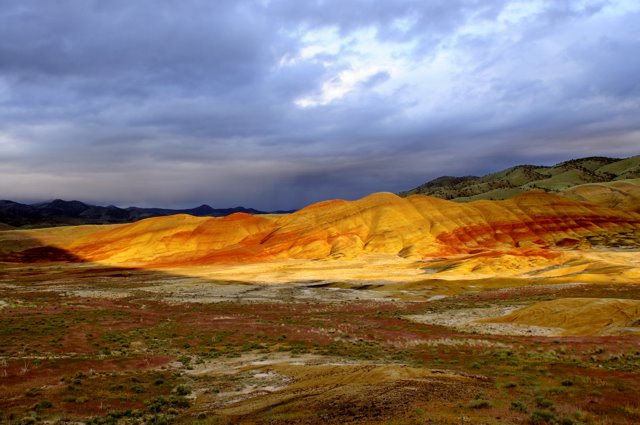
No comments:
Post a Comment